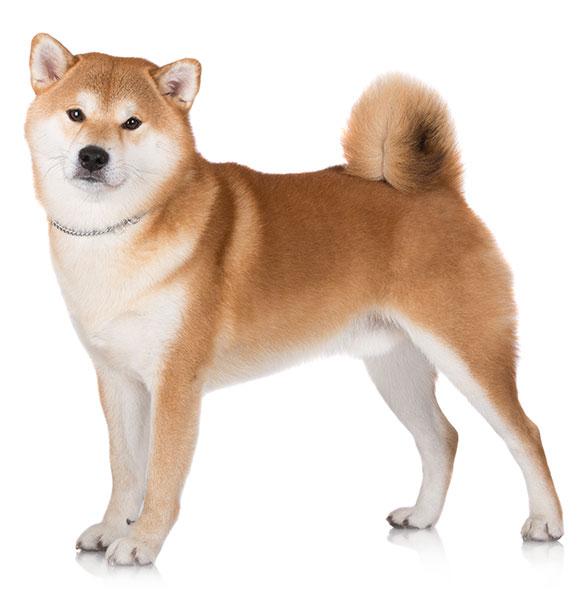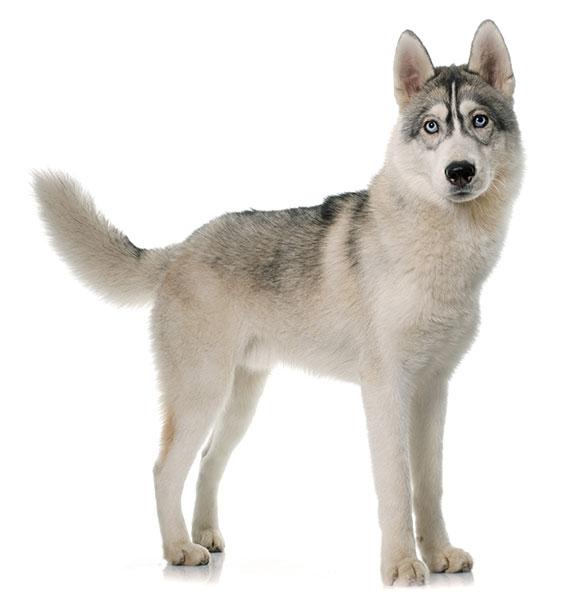Call us between 8AM-Midnight EST, every day!
akitas
Breed Overview
Browse All akita PuppiesQuick facts
The Akita was originally bred for guarding royalty in feudal Japan and is loyal, smart, and independent.
Personality & Training
High
Moderate
Physical Characteristics
Females: 25 in
Males: 27 in
Females: 85 lbs
Males: 115 lbs
Brush Weekly, Bathe as Needed
High
Explore Similar Breeds
About akitas
The Akita Inu, commonly known as the Akita, is one of the most interesting dog breeds you are likely to encounter. Powerful, independent and keenly beautiful, the Akita is one of the truest dog breeds in the world, only barely removed from the wolf.
The breed's history is inseparable from its identity. They were originally bred to guard royalty in feudal Japan, where they were venerated as family protectors and as symbols of good health, and long and happy life.
Akitas are large, powerful, and regal in appearance. Akitas are keenly intelligent and possess the stubborn fortitude of the wolf. Rarely seen backing down from a confrontation, Akitas have been known to track down and confront deer, wolves, and even bears.
Akitas are territorial and treat most strangers with suspicion. Akitas are also known to be temperamental and almost feline in attitude. Akitas are seldom tolerant of other dogs, especially those of the same sex. The Akita's prey instinct is high. It will naturally show aggression toward other animals and dart after anything it considers prey. Owners are strongly advised to keep their Akitas on a leash when it's not fenced in. Akitas, unless highly socialized, are not generally well-suited for off-leash dog parks.
Akitas are fastidiously loyal and grow quite attached to their families, but may not be the best breed choice for first-time dog owners. However, if you and your family are up to the challenge of owning an Akita, then you are sure to be superbly pleased with your efforts.
akita Care
Akitas are one of the world's most dominant breeds and are serious and powerful even as puppies. New owners should not underestimate the little guy's strength, stubbornness, and ability to find mischief.
Calm, keenly intelligent, and easily housebroken, you'd think that caring for an Akita would be a breeze. But it's important to understand how challenging owning an Akita can be and the level of care, training, and commitment that Akita ownership requires.
Akitas possess a strong guarding instinct and are known to bite first if and when they perceive that something is wrong. They often bark at strange people, cats, and other dogs.
Akitas should be your only pet. They are territorial and seldom tolerate the presence of other dogs of the same sex. In addition, Akitas have been described as difficult to read. It is not uncommon for an Akita to appear calm, and then suddenly display aggressive behavior.
Akitas are suspicious of strangers and are socially dominant with other dogs. Owners should be cautious when their Akita is around unfamiliar dogs (and shouldn't be left alone with another dog unsupervised). The Akita's prey instinct is high, so cats and other small pets are unlikely to be seen as anything other than potential prey.
We recommend that new owners begin training their Akita puppy as soon as it is possible. Waiting to train an Akita puppy may result in a host of behavioral issues, including a tendency to be aggressive.
Akitas are difficult to train. Thanks to their breeding to protect royalty, Akitas are stubborn, strong-willed, and easily bored, which makes training a challenge.
Akitas shed a lot. Akitas will blow their coat twice a year; shedding their undercoat during the spring and warmer months. At least once a year an Akita will shed its entire undercoat. An Akitas coat provides natural protection and insulation against summer heat and winter cold. Therefore owners should never manually remove, or shave their Akitas coat.
To keep your Akita feeling comfortable and looking clean, owners should regularly clean and groom its topcoat. Thoroughly brush your Akita after bathing to remove tangles in the coat and prevent matting - no trimming of hair is required, simply brush to remove dry hair and dead skin.
Compared to its causing the Siberian Husky, the Akita does not require much exercise. However, your Akita still requires daily exercise.

